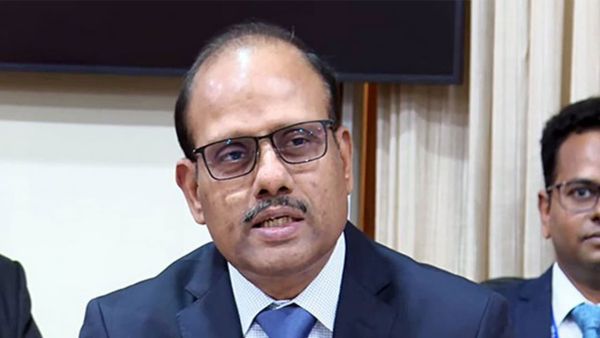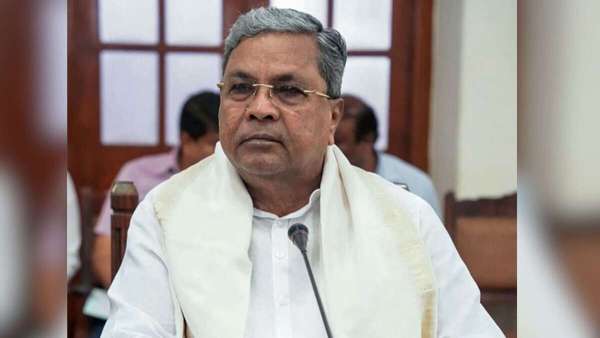
RBI Deputy Governor Swaminathan J emphasized that strong governance intent is crucial to bridge regulatory gaps and simplify overlaps. He noted that when intent is weak, the reflex is to add more rules, thereby losing sight of real risk.
Where governance intent is strong, regulatory gaps and overlaps fade, said Swaminathan J, Deputy Governor of the Reserve Bank of India (RBI), while addressing the Gatekeepers of Governance Summit in Mumbai.

Speaking on the theme 'Regulatory gaps and overlaps: do they exist?', Swaminathan on Friday acknowledged that such challenges persist but emphasised that their impact depends on the strength of governance intent. "When intent is strong and governance is lived in spirit, overlaps simplify and gaps close. When intent is weak, the reflex is to add more rules and procedures - multiplying work but losing sight of the real risk," he said, according to the copy of speech released by the Central Bank on November 11.
He noted that as businesses expand, digitise, and integrate, governance structures must evolve to address overlaps--where multiple teams or regulators demand similar information--and gaps--where new products or activities remain outside policy coverage.
Key Governance Practices
Highlighting key governance practices, the Deputy Governor outlined five areas that matter most: Boards must own outcomes, not paperwork; independence should be in substance; look through the group, not just the entity; protect and empower control functions; and conduct governance gap analysis with real remediation.
He urged boards to take ownership of risk and outcome goals and to ensure that independent assurance functions like risk management, compliance, and internal audit are adequately resourced and empowered. "Weak lines of defence are to be seen as a board failure, not a staffing glitch," he cautioned.
System-Wide Regulatory Principles
At the system-wide level, Swaminathan said that overlaps in regulation are not always undesirable, as they can act as safety nets. "The real problem may arise from conflicting rules, duplicated compliance, and uncoordinated enforcement which is avoidable," he said.
He further outlined three principles for regulators -- balancing entity and activity-based regulation, ensuring proportionality in oversight, and moving toward outcome-based regulation calibrated to market maturity.
Conclusion: A Journey of Continuous Improvement
"In conclusion, addressing regulatory gaps and overlaps is a journey of continuous improvement that demands reflection, adaptation, and courage to challenge the status quo," he said, adding, "When intent is strong, the gaps bridge, overlaps simplify, and governance transcends mere compliance to become our shared conscience."
(Except for the headline, this story has not been edited by Asianet Newsable English staff and is published from a syndicated feed.)-
Over 40pc of India’s IT and gig workforce use AI tools; employability hits 56pc

-
Death toll hits 27 after Rohingya migrant boat capsizes off Malaysia-Thailand

-
Most of India’s top influencers not disclosing commercial tie-ups: ASCI

-
Karnataka to set up five aerospace, defence parks: CM Siddaramaiah

-
Bihar elections: Exit polls place ruling NDA ahead of Mahagathbandhan
